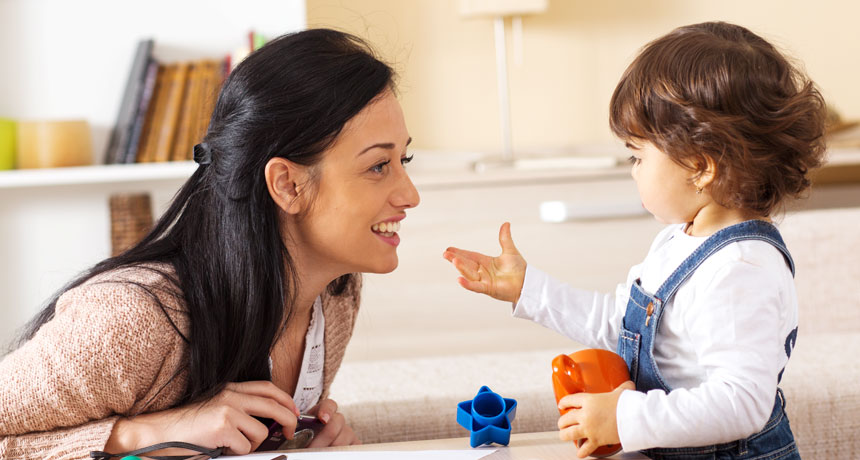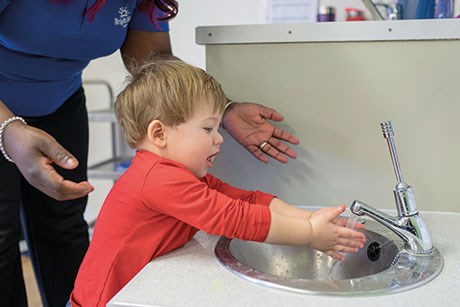My child speaks in ‘gobbledygoop’!
Does your young child ‘sound’ as though he or she is telling you a long story and yet you can’t understand a word of it?
Perhaps your child uses amazing facial expressions and gestures to help communicate his or her message but you can only make out a word here or there.
This can be a pretty frustrating situations for parents, early childhood educators and children who have lots to say but insufficient vocabulary, speech sounds and motor skills to do so.
“Where do I start?” is a common question we are asked by parents and educators alike when I child is experiencing this type of communication difficulty.
Start by Acknowledging the Child’s Communication
This can be as simple as saying ‘yeah?’ ‘that’s right’ ‘uh huh’ and then repeating back what the child has said…even if that means that you also repeat the gobbledygoop.
Where possible, listen out carefully for any parts of the jargon that might sound like a single word. Often these are louder or clearer than the rest of the message. This can sometimes give you a clue about what the child is trying to communicate.
Be a detective. What has your child been watching or doing? Context and shared experience can often give us clues about what a child might be telling us.
Listen closely for clues in the child’s use of intonation.
How is the child using gestures and facial expressions. Do these give you any clues regarding the message that he or she is trying to relay?
Why do some children use gobbledygoop instead of words to communicate?
Some children just go through this stage on their way to developing intelligible strings of words.
Others are trying to communicate more than their ‘young’ motor systems can cope with in terms of motor coordination for the articulators.
Some children are what we refer to as Gestalt Language Learners. They tend to learn larger chunks of language, tunes and repetitive sayings quicker than they do single words.
Other children are late talkers. By the age of 2 years, they are yet to start combining words into clear, telegrammatic phrases.
Help your child by acknowledging their attempts to communicate and then modelling simple, repetitive ‘scripts’ that they can eventually learn to use on their own. Keep your language simple, ‘tuneful’ and repetitive. Don’t insist upon your child imitating you. Simply use these scripts as conversational commentary as you interact with your child. For example, your child rushes up to you and provides a string of gobbledygoop. Using your detective work, you make a smart guess that this is in some way related to what just happened to the tower of blocks your child was building. You can say “Look over there! Oh no….Blocks fall down….Oh no….Build it up…Mummy help?”
By tuning into your child and first connecting by acknowledging any attempt to communicate, you will set the foundations for your child to absorb what you say next.
More information about the Gestalt Language Learning which is common in many of the children we work with at Learn2Communicate, read […]



